
Subgraphs
The Graph is a decentralized indexing protocol that organizes blockchain data and makes it easily accessible via GraphQL.
Overview
The Graph is a decentralized indexing protocol designed to organize blockchain data and make it easily accessible through GraphQL queries. It enables developers to build fast, reliable, and scalable decentralized applications (dapps) without the need to run their own data servers or build complex indexing infrastructure. By indexing blockchain data into open APIs called subgraphs, The Graph allows applications to query data efficiently and with low latency.
The protocol is powered by a decentralized network of participants including Indexers, Curators, Delegators, and Subgraph Developers. This distributed architecture ensures high availability and resilience, with uptime exceeding 99.99%. The Graph supports a wide range of blockchain networks and hosts tens of thousands of subgraphs covering DeFi, NFTs, DAOs, gaming, and analytics. Developers can either use existing subgraphs or create their own to organize smart contract data.
Getting started with The Graph involves three main steps: discovering or creating a subgraph to define the data schema, querying the subgraph using GraphQL, and serving the queried data in your application frontend. This workflow simplifies access to complex blockchain data and accelerates dapp development. The Graph also offers advanced products like Substreams for streaming data and a Token API for token balances and pricing data. Comprehensive documentation, a rich ecosystem, and active community support make onboarding straightforward for developers of all skill levels.
The Problem
Accessing and organizing blockchain data is complex and resource-intensive, requiring developers to run costly infrastructure or parse raw data manually. This creates barriers to building responsive and scalable decentralized applications.
The Solution
Key Features
Subgraphs
Open APIs that define how blockchain data is indexed and queried.
Substreams
Streaming data pipelines for real-time blockchain data processing.
Token API
Provides token balance and price data in a simple API format.
Key Strengths
How Developers Use Subgraphs
DeFi analytics dashboards
Developers use The Graph to index and query complex DeFi protocol data for real-time analytics and portfolio tracking.
NFT marketplaces
NFT platform developers leverage subgraphs to efficiently retrieve metadata, ownership, and transaction history.
DAO tooling
DAO developers build governance and voting interfaces by querying on-chain proposals and member data via The Graph.
Works Well With Arbitrum One
Arbitrum One Arbitrum Nova
Arbitrum Nova Astar
Astar Avalanche
Avalanche Base
Base Berachain
Berachain Blast
Blast BNB Smart Chain
BNB Smart Chain Boba
Boba Celo
Celo Chiliz
Chiliz Cronos
Cronos Cyber
Cyber Degen
Degen Ethereum
Ethereum Fantom
Fantom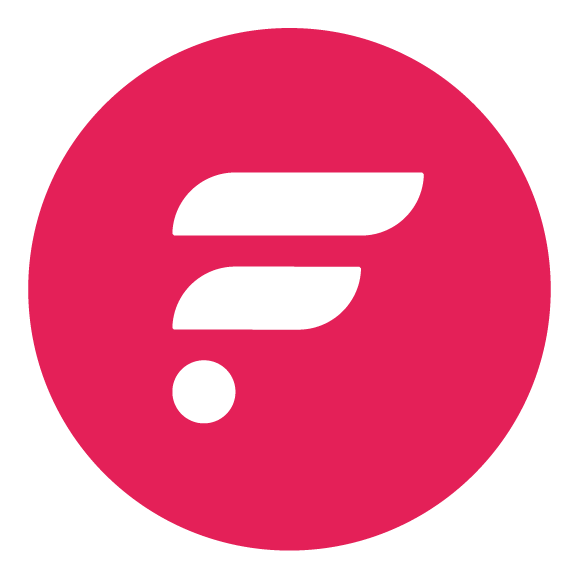 Flare
Flare Fraxtal
Fraxtal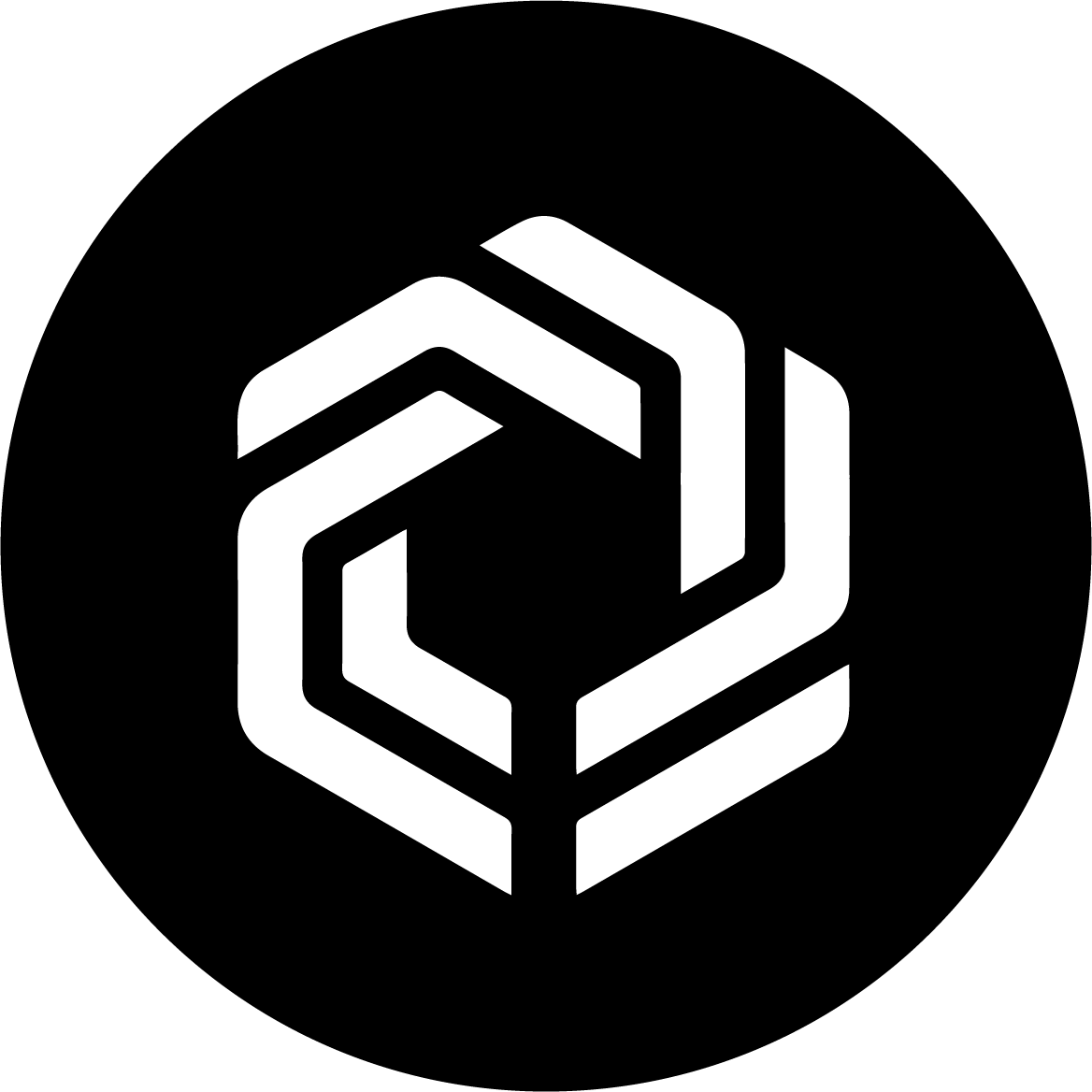 Immutable zkEVM
Immutable zkEVM Injective Protocol
Injective Protocol Iota
Iota Kava
Kava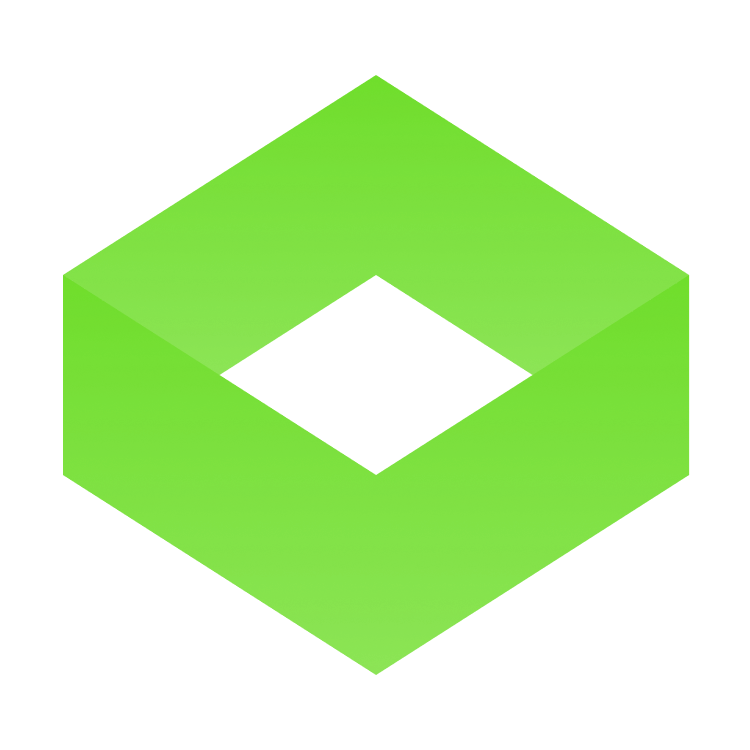 Kroma
Kroma Linea
Linea Mantle
Mantle Metis
Metis Mode
Mode Moonbeam
Moonbeam Moonriver
Moonriver Morph
Morph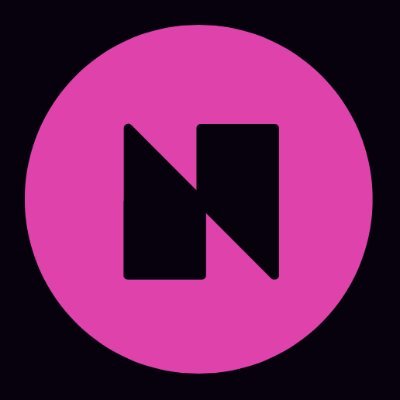 Neon
Neon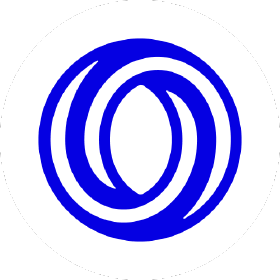 Oasis
Oasis Optimism
Optimism opBNB
opBNB Palm
Palm Polygon zkEVM
Polygon zkEVM Polygon PoS
Polygon PoS Public Goods Network
Public Goods Network Scroll
Scroll SEI
SEI Shimmer
Shimmer Taiko
Taiko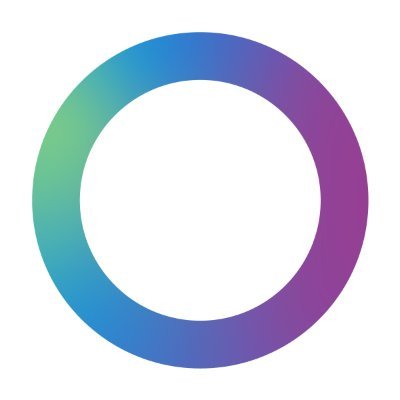 Telos
Telos Tenet
Tenet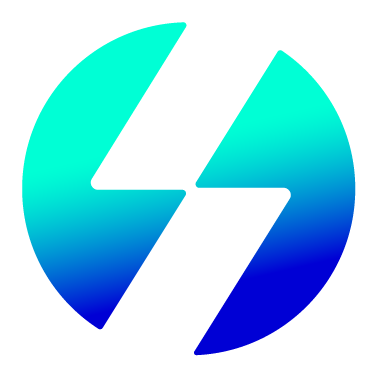 Thundercore
Thundercore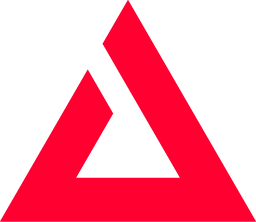 Xai
Xai XDC
XDC ZetaChain
ZetaChain zkSync Era
zkSync Era Zora
Zora
















































Power your next build
Discover trusted tools and services in the QuickNode Marketplace. Everything you need to launch faster and scale smarter.
Subgraphs Alternatives
Explore web3 competitors and apps like Subgraphs.

Blast API
Blast API is a decentralized Web3 infrastructure platform providing geographically distributed blockchain node APIs to improve reliability and latency.

Virtual TestNets
Virtually operated Web3 networks that replicate real blockchain networks for development, testing, and staging without using real assets.

Live Coin Watch
Live Coin Watch provides fast, real-time cryptocurrency price tracking, portfolio management, and market data via a comprehensive API and web platform.

Rollups as a Service
A fully managed, customizable rollup deployment platform providing scalable, secure, and high-performance blockchain infrastructure.

Core API
A Document Object Model for Web APIs designed to simplify API consumption and integration.

Network APIs
Network APIs provides web3 developer tools focused on blockchain network interactions and API services.

Blockchain Analytics
A collection of open-source blockchain analytics projects hosted on GitHub.

Rarible
Rarible API is a fast, unified NFT API infrastructure providing real-time data and executable market features across Ethereum, Base, Polygon, and more than 10 other chains.

Blockchain Analytics App
No-code multi-chain analytics and visualization platform for blockchain dApps and networks.

Data API
DataAPI provides unified access to multiple data sources through a single API endpoint.
Pricing
Hosted Service | Decentralized Network | |
|---|---|---|
| Price (Monthly) | Free | Custom pricing |
| Price (Annual) | Free | Custom pricing |
| Messaging | N/A | N/A |
| Support | Community support via Discord and GitHub | Dedicated support for Indexers and Delegators |
| Analytics |
Resources
The Graph provides extensive resources including detailed documentation, tutorials, blog posts, and video guides to help developers build and deploy subgraphs, participate in the network, and integrate blockchain data efficiently.